FULL SUN
In Spring and Fall
pH
Neutral to Alkaline
PLANTING
Sprint and Fall
FEEDING
Organic Phosphorus
EXPERIENCE
Easy
The pea is one of the oldest domesticated crops. The wild pea originates in the Mediterranean region and the Middle East. Through colonization, it was introduced to other parts of the world and today it is grown all around the world. Cultivated varieties offer different colors, maturation periods, flat podded options, and pods that are filled out. There are even varieties grown for their tendrils such as the Magnolia Blossom Tendril Pea. In addition, there are dwarf varieties that grow to about 3 ft tall and there are also taller varieties up to 6ft tall. They can be grown in just about any spot that gets sunshine and has well-draining soil. They will grow in containers and there are several smaller varieties including Tom Thumb which is the smallest variety available.
HOW TO GROW PEAS IN PHOENIX
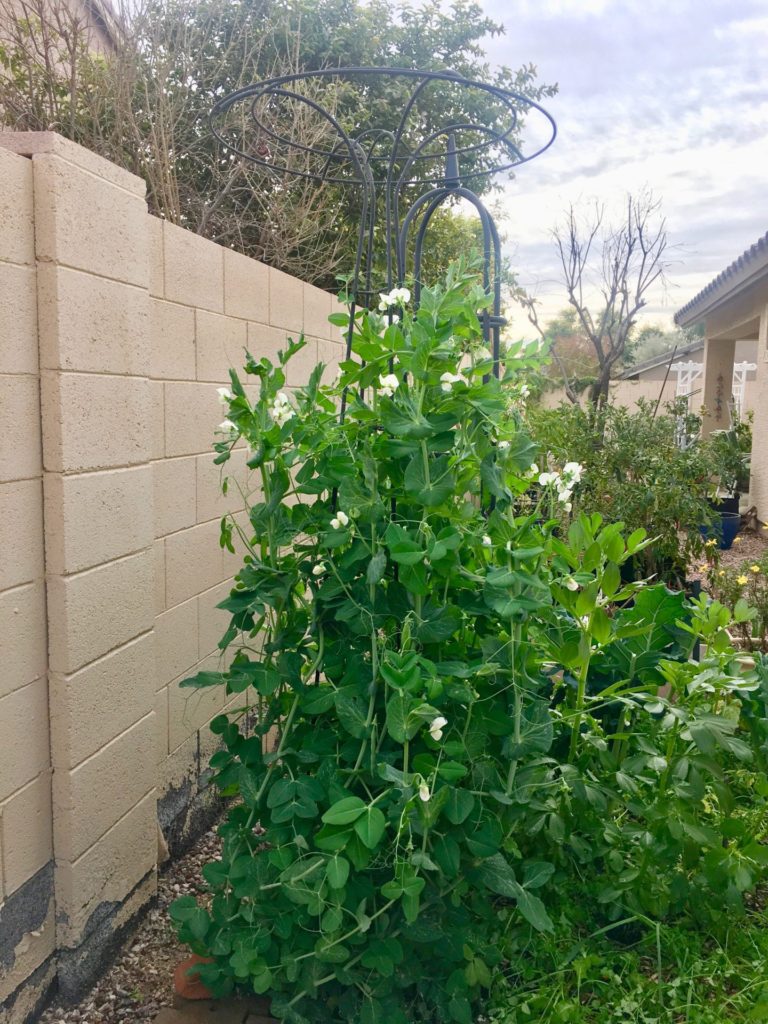
- Peas are cool weather crops. They prefer cooler temperatures between 54 and 65 degrees ideally but also like full sun.
- Start by soak peas overnight in some water. Do not use soft water.
- Before planting, treat the seeds with a legume inoculant. This strengthens the plants against pests and diseases and increases vigor and production.
- Peas can be planted fairly close to each other, 1-2 inches is acceptable.
- If planting taller varieties, ensure that there is enough trellis room in full sunshine. Also, make sure the trellis is secure and the peas are secure against the trellis to withstand winter wind storms.
- Short varieties can grow easily on low fences or supports made from chicken wire or even a few sticks and twine.
- Sow each pea 1.5 inches deep and place the seeds in a hole rather than pushing into the soil.
- Keep the soil damp but not overly wet as this can rot the peas.
- Plant when soils temps are between 40(early spring) and 75 (fall) degrees. Peas in colder damp soils will rot.
- During fall to spring, peas prefer full sun for flowering and production. In October, young plants may require sun protection. The same applies to pea plants reaching production in late spring as temperatures start to soar. As it gets hotter the peas may get bitter.
- Early maturing varieties(early crop) of peas are ready around 11-12 weeks and main crops around 13-15 weeks.
- Pick peas often once production starts, this will keep them blooming and producing.
- Plant a new crop every 14 days for continuous harvesting.
- Peas overwinter easily in milder climates and are even tolerant of some frosts.
PEA VARIETIES
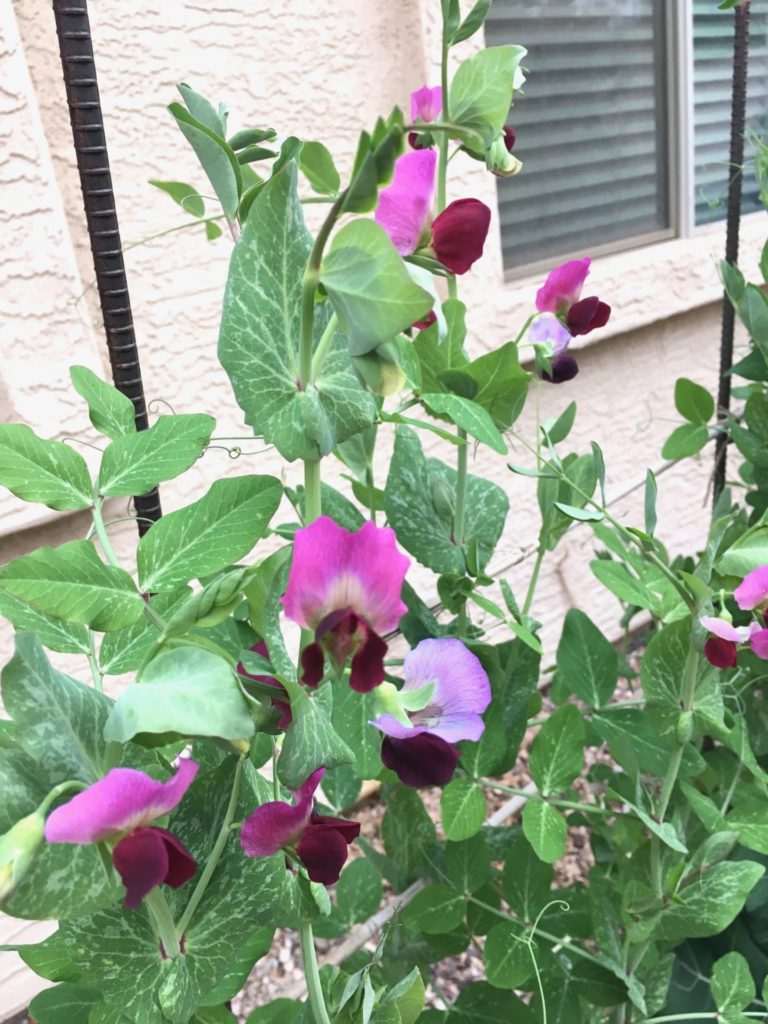
There are 3 main varieties of table peas.
English Peas (Pisum sativum var sativum)
These are also referred to as shelling peas. The peas have to fill out before the pods are picked. The pods are not edible and the peas have to be removed from the pod.
- Champion of England: This is a very tall variety that produces an abundance of very fat sweet peas. It is considered the main crop pea, which means it takes 15 weeks to crop, compared to early crops which take 10 weeks. Pods contain about 8-10 peas and should be picked before they get starchy when the peas are large but the pods are not filled tightly.
- Maxiglot: Vines are around 5ft tall, they are late maturing but worth the wait. A very sweet pea that is dark green in color. This is a prolific producer, keep picking often.
- Laxton’s Progress #9: An heirloom variety that is a prolific producer of very sweet peas. Vines are about 20 inches tall at best, it is considered a dwarf variety. Great for small spaces or a garden with limited room.
- Maestros: 60 days to production. This variety produces long thin pods containing 8-9 medium-sized peas. Very High yielding, keep picking for continuous blooming.
Snow Peas (Pisum sativum var. saccaratum)
Have flat edible pods and also called podded peas. The peas inside are not allowed to fill out as they get starchy and unpleasant tasting. Snow Peas take the longer to mature than English, especially tall climbing varieties. This pea is used for fresh snacking and stir-fries.
- Beauregarde Snow Pea from Row 7 seeds. Retains its purple color during cooking. Wait for the pod to fill out with tiny peas before picking.
- Golden Sweet Snow Pea: A golden yellow colored flat pod. The yellow pods contrast with the purple flowers making for a very attractive plant. These grow to about 6 ft tall. Pods are about 3 inches in length.
- Oregon Sugar Pod: A large pod variety on compact bushy plants. 4 inch long pods perfect for stir-frying.
Sugar Snap Peas (Pisum sativum var. macrocarpon)
A cross between English peas and snow peas. Also referred to as mange tout. The pods are sweet and tender edible when young and they are often eaten like snow peas. However, the peas can also be allowed to fatten up and they still taste sweet.
- Sugar Ann Snap Pea: This is a firm favorite for many when it comes to snap peas. They produce on short bushy vines and are early producers.
- Royal Snap II: A purple version of Sugar Ann Snap.
- Cascadia: This variety is almost stringless with 3 inch long pods. It is ready for picking sooner than Sugar Ann Snaps and produces on short vines 2-3ft vines. Both pods and peas are very sweet.
In addition, there are also Field Peas and Soup Peas.
Field Pea (Pisum sativum arvense)
Austrian Pea is also known as a field pea and it is used a winter cover crop to improve soil fertility. It makes very attractive dark purple flowers which can be added to salads. The leaves( greens) are also edible and rich in pea flavor, perfect for salads, stir-fries, and garnishes. It is used for animal feed, and the peas can be eaten as human food but are not as tasty as varieties bred to be sweet and delicious.
Soup peas (Pisum sativum)
These fall under the same category as English Peas, however, they get starchy very quickly after getting large. They are not as sweet as English peas and they are grown for storage. Once mature they are dried and used in pea soup and other dishes.
- Latvian Grey: Has been added to the Slow Foods Foundation that protects food biodiversity. It is a coarser pea, that cooks in less time than other varieties. The skin yields a very specific flavor not present in other soup peas.
- Swedish Red/Biskopens: A rare Scandanavian heirloom pea that is very productive. It is also called Bishops Grey. A lovely reddish-purple color as a dry pea.
- Darlaine Bush Pea: A yellow soup pea that yields about a pound of beans per 10sqft according to Resilient Seeds
- Limestone Pea: A Turkish variety available from Two Seeds in a Pod. Stunning grey spotted peas that produce flowers so lovely, they could be confused with ornamental sweet peas.
FERTILIZING AND FEEDING
Peas are nitrogen fixers and do not require much. Use some compost and Earth’s Organic Flower. The phosphorous supports blooms and pea formation.
POSSIBLE ISSUES WITH PEAS
Poor Germination
This could be a result of a very old seed or poorly stored seed. Ensure seeds are stored in a cool dry environment. Additionally, seeds planted in cold wet soils will rot instead of germinating.
Birds and Critters
Protect newly planted seedlings by covering with tulle or row covers. Young seedlings are very appetizing to hungry birds and critters.
Blight
Several kinds of blight can affect pea plants in very damp conditions where no air is present. This is seldom an issue in our cool season conditions.
Aphids
Tender pea growth can attract aphids. If only a few are present remove the infested area manually or monitor to see if predators show up. Spray off with water, or use milk and molasses. See our Pest ID and Controls guide.
Thrips
Thrips overwinter and lay eggs in the soil. They get active as temperatures start to warm up and are particularly plentiful after mild winters. Beneficial nematodes are the best defense. For more information on thrips see our Pest ID and Controls Guide.
COMPANION PLANTS FOR PEAS
Carrots, cucumbers, dill, parsley, peppers, brassicas, and radish. Keep onion family crops away from peas.
HARVESTING PEAS IN THE DESERT
Depending on type harvest when pods are mature but still tender. Snow peas can be harvested before peas have formed or when tiny peas are visible. Shelling peas should be harvested when pods are mostly filled out, but before the peas start to get starchy. Snap peas can be harvested in either stage.
SEED SAVING
Peas are self-pollinating, bees are not required but do enjoy pea flowers. Therefore strict measures to distance varieties are not necessary for the home garden. Allow a few of the best pods to mature and dry out on the vines, then pick and dry the peas for a further 3 weeks before storing a labeled paper bag or envelope.
Soup peas are normally dried and stored in airtight jars.
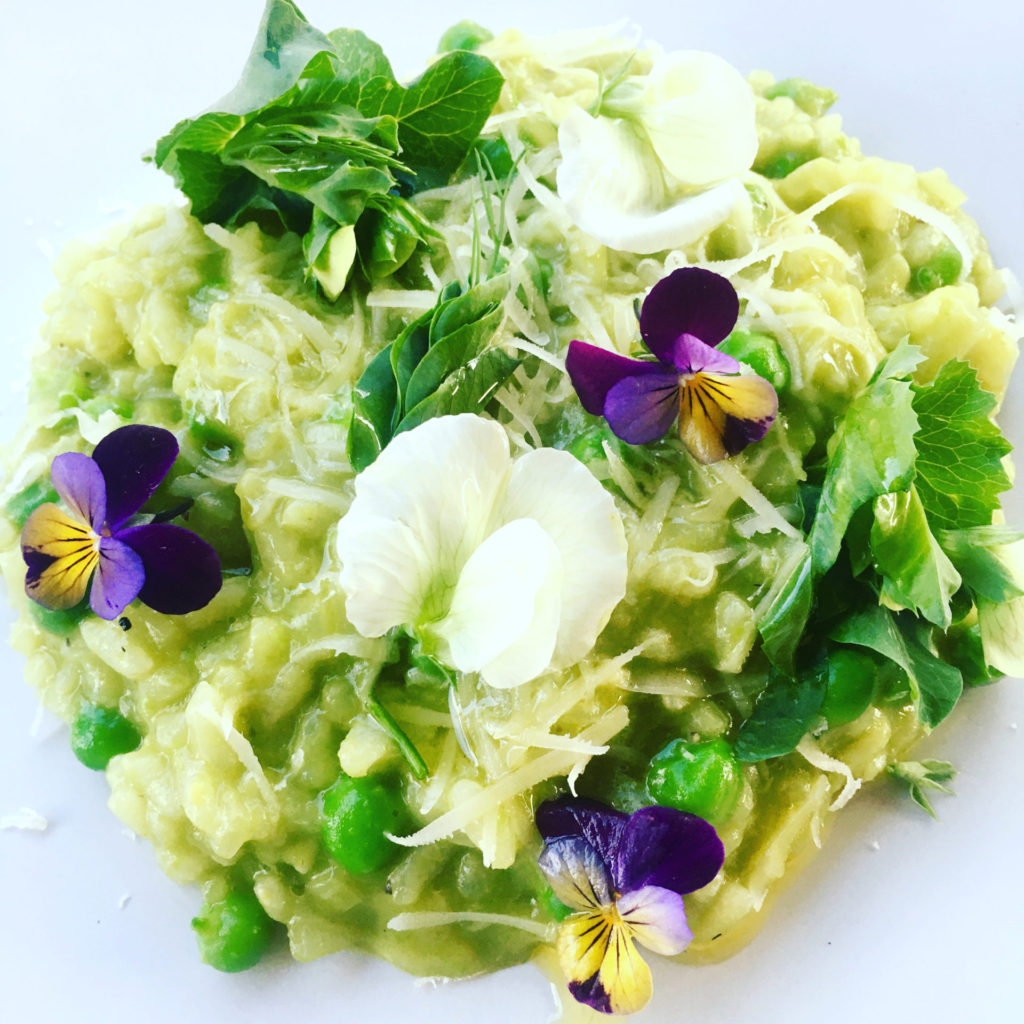

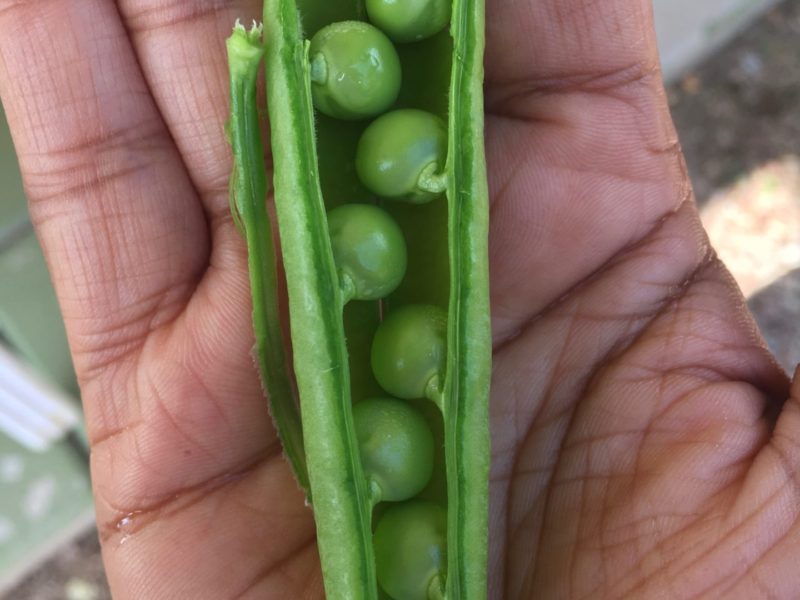
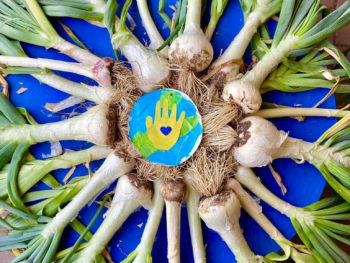
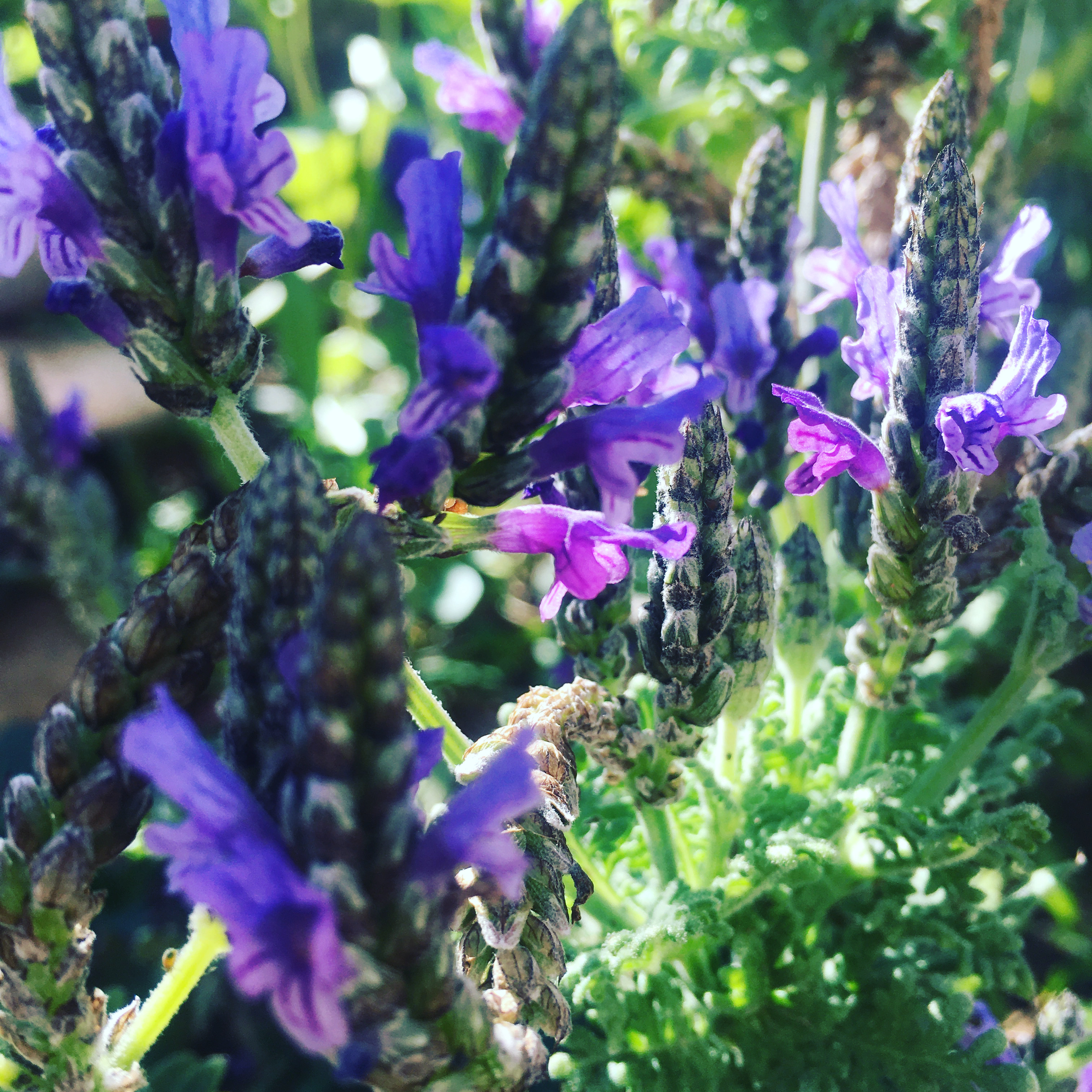
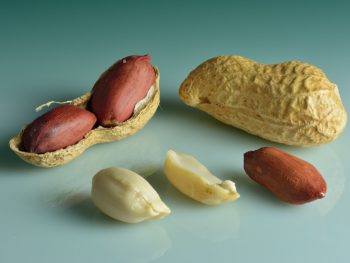
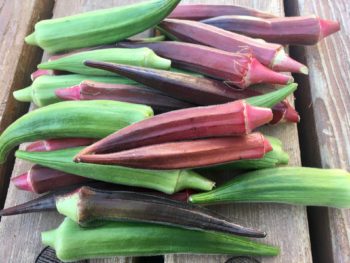
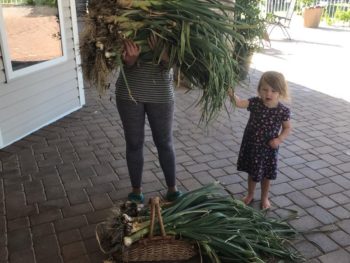
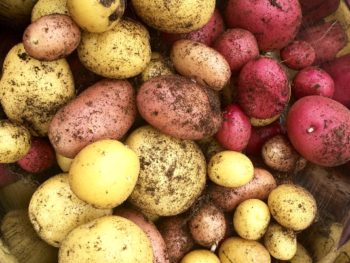
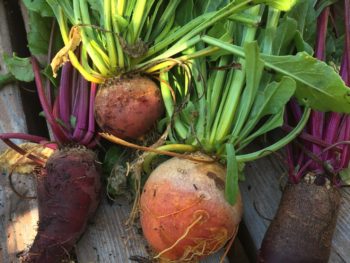
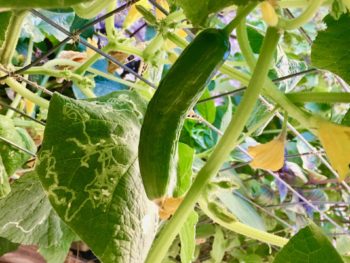
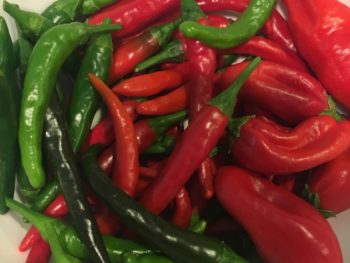
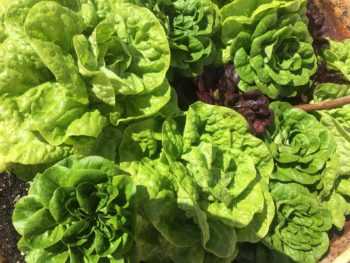
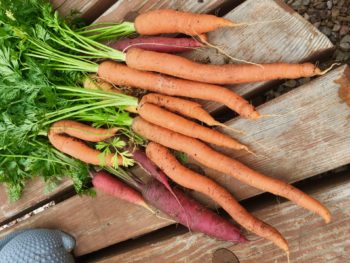
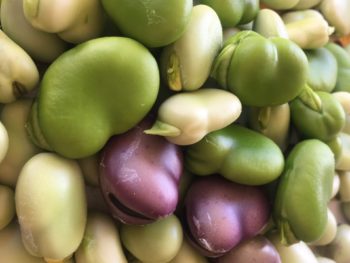
 The Quick-Cropping Garden
The Quick-Cropping Garden